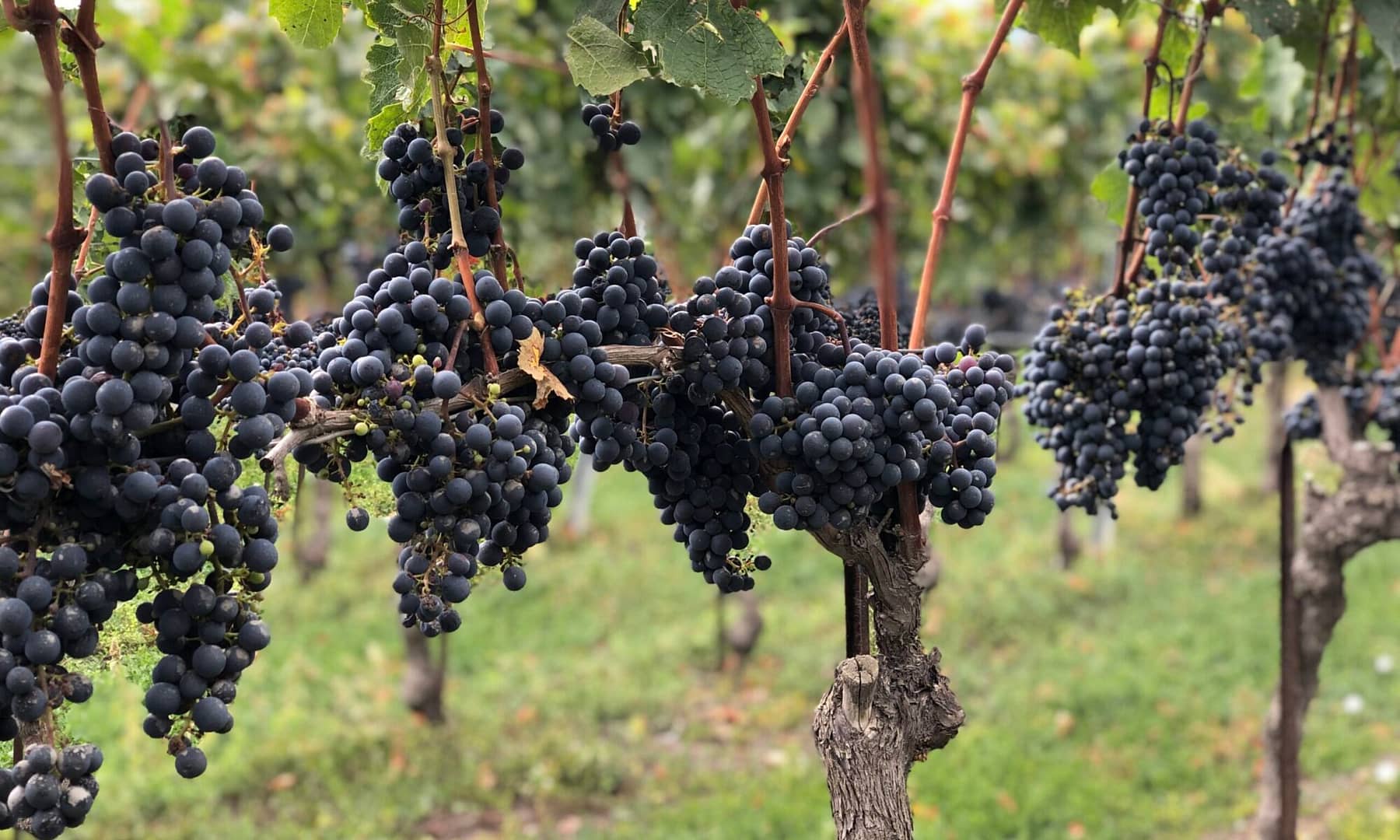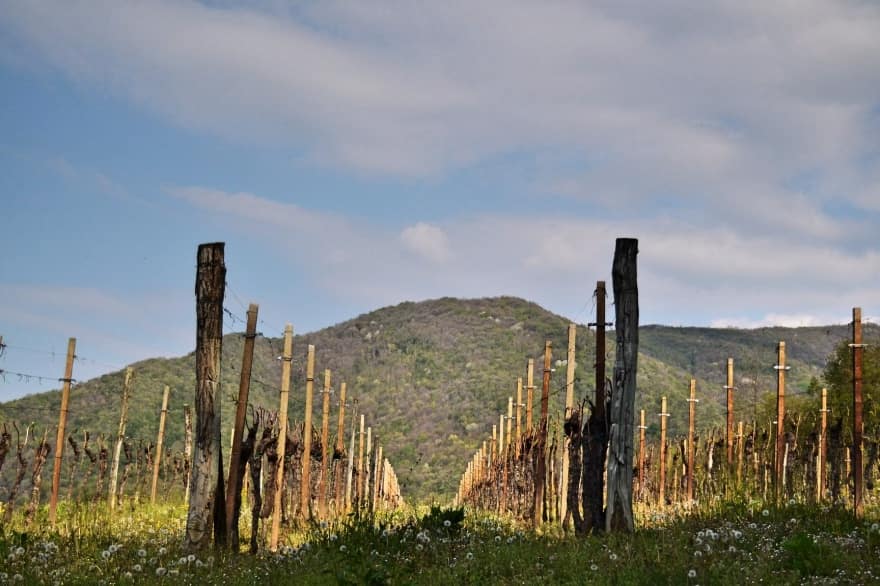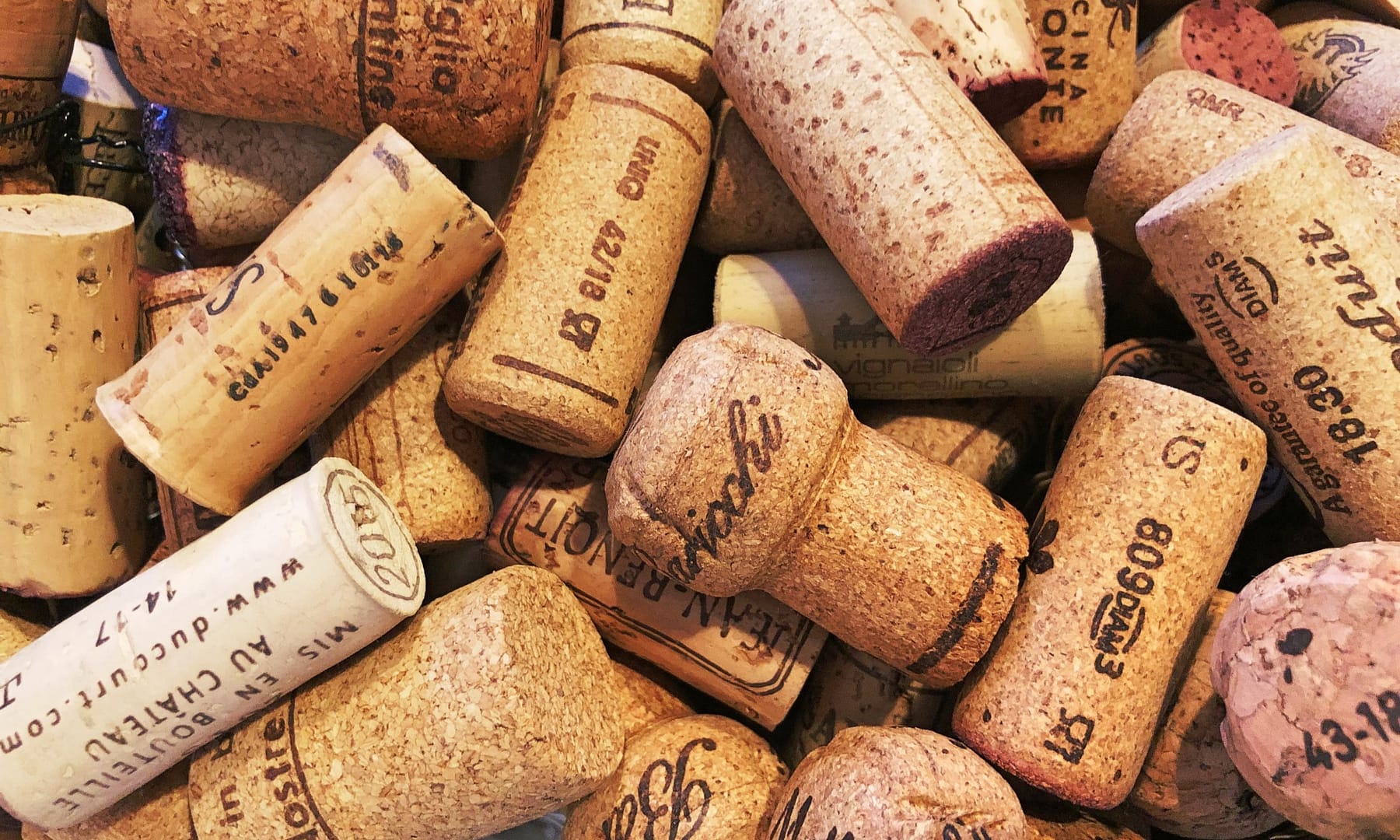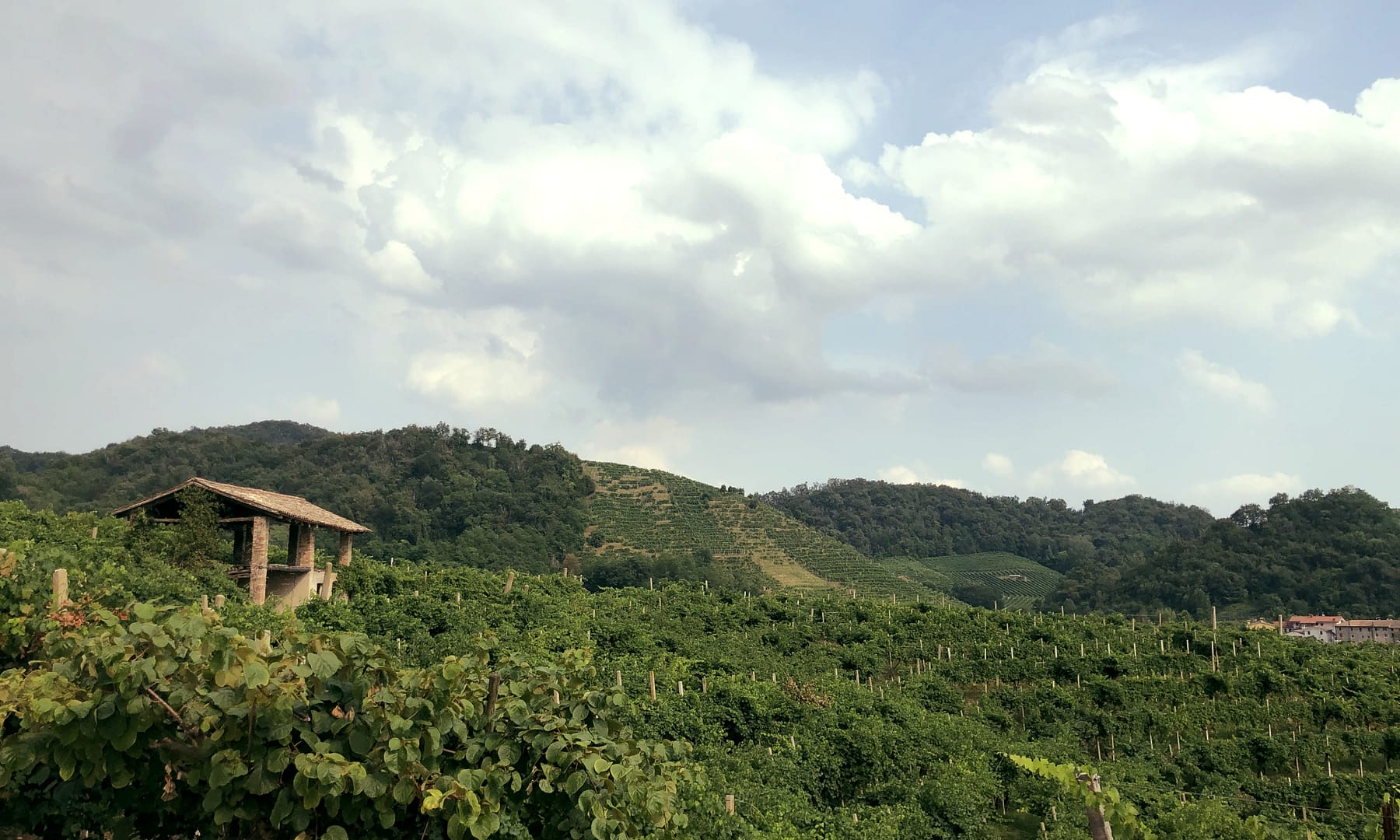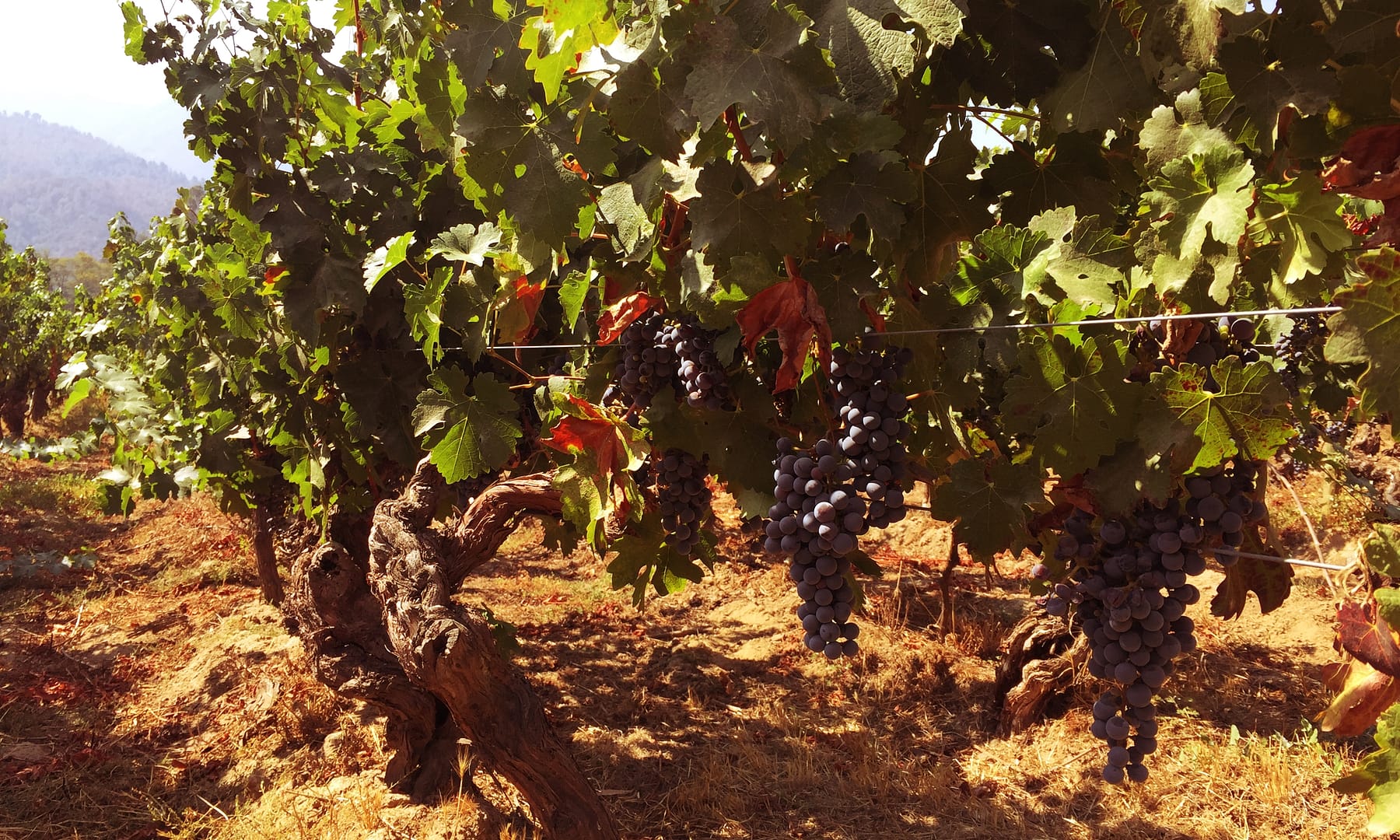Back in Friuli Venezia Giulia, in the small town of Ronchis di Torreano, I recently visited the work from Massimo Causero and Maria Chiara at Tralci di Vita vineyards.
Didn’t I know that their great wine was coming paired with a great story.
In his own words, Massimo was born to be a country side man and wine has been in the cards for him since childhood. Recollecting a recent event, one of his primary school teachers came to him remembering a story that had already faded from his mind: a task was given in the class to draw your future profession. Instead of doctor, engineer or architect, Massimo sketched bottles of wine. Each one bearing the name of a teacher on the label.
A few decades later, Massimo would find himself owning and managing a vineyard of his own. That bottle went out of the paper and into the hands of curious wine tasters.
Getting started in the vineyard
Since that drawing in the childhood, there was a long road until Massimo’s first bottle became real.
After obtaining the enotechnical and later the enology diploma, he went through about 10 years’ of practice working with different producers. As the experience gathered in his head and in his hands, the will to use that knowledge to express his own style increased.
At a point in time the stars finally aligned and his preparation met with an opportunity.
In the small town of Torreano, an elder couple invited him to take over the vineyard. He would be able to make it shine once more as the age was putting challenges for the old couple to run the business. Massimo and Maria Chiara decided to cross through that opened door, leaving everything behind, moving to Torreano and grasping their dream.
Philosophy behind Tralci di Vita
Tralci di Vita has about 3 hectares, with 10 varietals distributed partly in a flat area and part on a south facing hill. The production is of nearly 7 thousand bottles altogether.
Part of the production is sold in bulk (sfuso) and part in bottles. The first is aimed at the retention of long time clients who were buying wine at the property for years, from the previous owner. The bottled portion is where Massimo and Maria Chiara began to explore the potential of the land, producing wines from selected parcels and evaluating the results. It’s a simple but straight forward approach to segmenting the clients and keeping the cash flow under control.
The philosophy of the production highlights the integrity of the grape. The work is concentrated in the vines so that minimum intervention is required in the cellar. Customized pruning techniques, adapted to each varietal, help the vines give their best into the grapes.

Tasting Impressions
That philosophy is reflected in their style. The wines are delicate in the aroma and in the palate. The acidity is high, yet balanced with the structure, reflecting the colder weather of the area. Tannins are active but round, bringing life to the wine without being aggressive. The finishings are elegant but at the same time rustic. The signature ending notes of wild berries, slate and moist soil reminds you where the vines are located, and how the area smells like.
Some of their wines caught a bit more my attention. The Sauvignon Blanc, brings delicate white flowers and exotic fruit to the aromas despite the moderate to cold climate area. The Merlot is rich and boasts beautiful black cherries, dark chocolate, liquorice and the signature rustic closing of the Tralci di Vita vineyard.
Their Schiopettino was a great finding. Balanced from the start, presenting a wide range of spices in the palate and smoky tones, with cigar box and a bit of leather. This autoctonous grape had a strong decline during the late 19th and 20th centuries, it was saved from extinction in the 1970s and is now regaining the place among the local varietals it once had. That’s a similar story shared by Tazzelenghe, another jewel from the region.
According to Massimo, 10 years ago would be unthinkable to growth red grapes in the zone, especially thick skin ones such as Merlot. Climate change has created a warm pocket in the zone, opening for a potential that didn’t exist before.
Coming next to Tralci di Vita
Even if the vines are far from being young, ranging from 50 to 100 years old, it was actually the first vintage of Massimo and Maria Chiara at Tralci di Vita.
Their results are focused and makes me curious about what waits in the bottles in the next vintages.
Instead of fixing what is not working, the goal is to understand what are the strengths of the vineyard and excel on what is already great.
Having 10 grape varieties is a challenge to manage, especially during harvest. The different maturation times spreads the efforts between vineyard and the cellar for too long. The season last year went through 12 September until 28th October.
As the strengths from Tralci di Vita become transparent, the focus on quality would naturally impact their current segmentation. That would lead to an eventual reduction on sales of bulk wines and a gradual shift to the bottled selection.
Massimo and Maria Chiara said that their vision was to give people something of their own. A piece of their dedication, their dream, their work, their culture, a piece of their life… and that’s how the name “Tralci di Vita” came about.
By the time of this post, their website was still under construction. The way to reach out to them for a visit and for purchasing wine was either by email ([email protected]) or their Facebook page.
